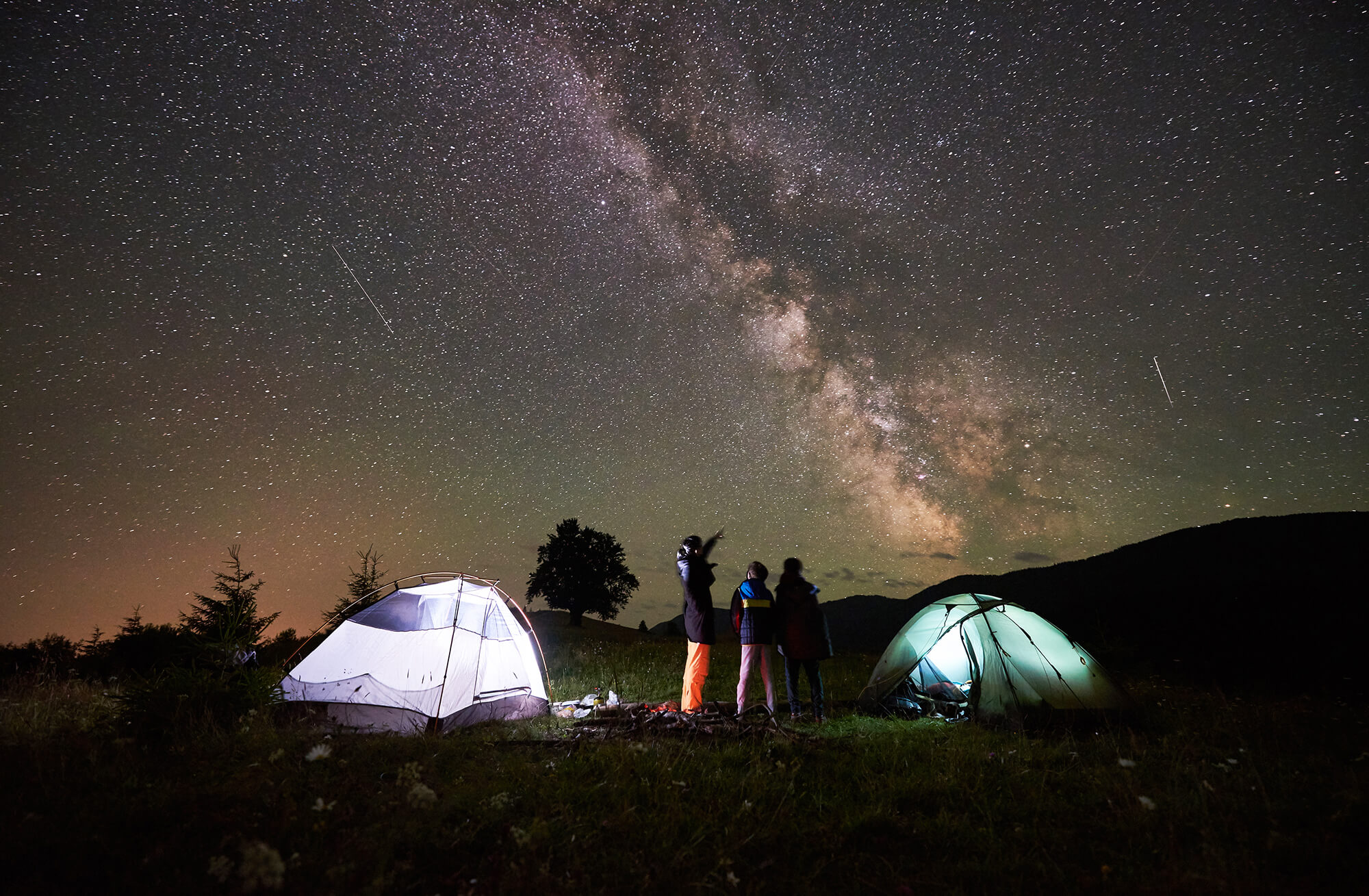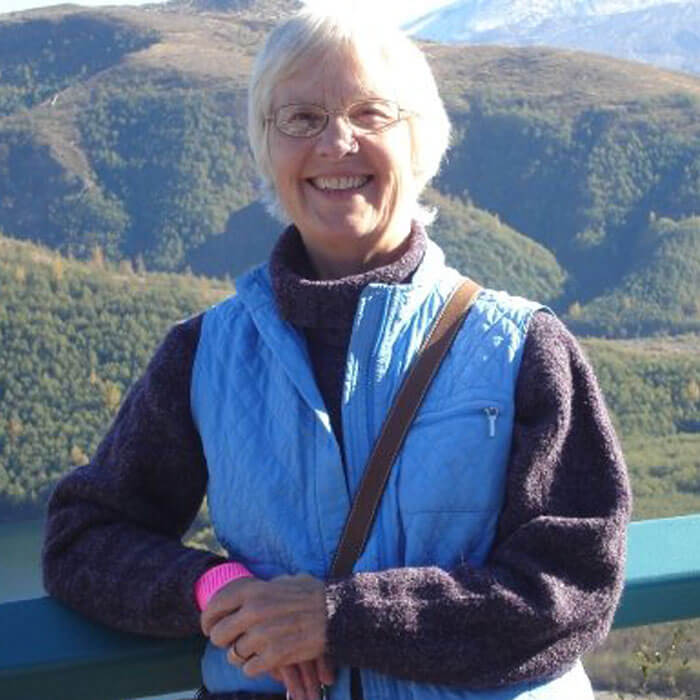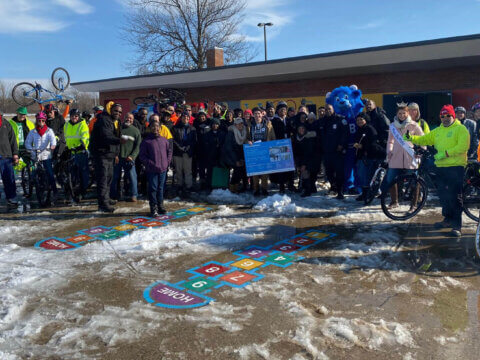Beautiful people on a beautiful planet
I’m sometimes asked if our work with children should be about teaching them to savor, or save, the natural world. The question seems to suggest that we need to choose one or the other. I sense a similar concern when I hear people ask if we should be focusing on the welfare of people or the welfare of the planet.
I started working with the Children & Nature Network as curator of its Research Library more than five years ago. Since then, I’ve had the opportunity to read more than 1,000 reports about the importance of nature in the lives of children. The research strongly supports the understanding that nature promotes the holistic development of children. It also supports the idea that we can help children both savor and save the natural world. In other words, we can promote the welfare and sustainability of people and the planet simultaneously.
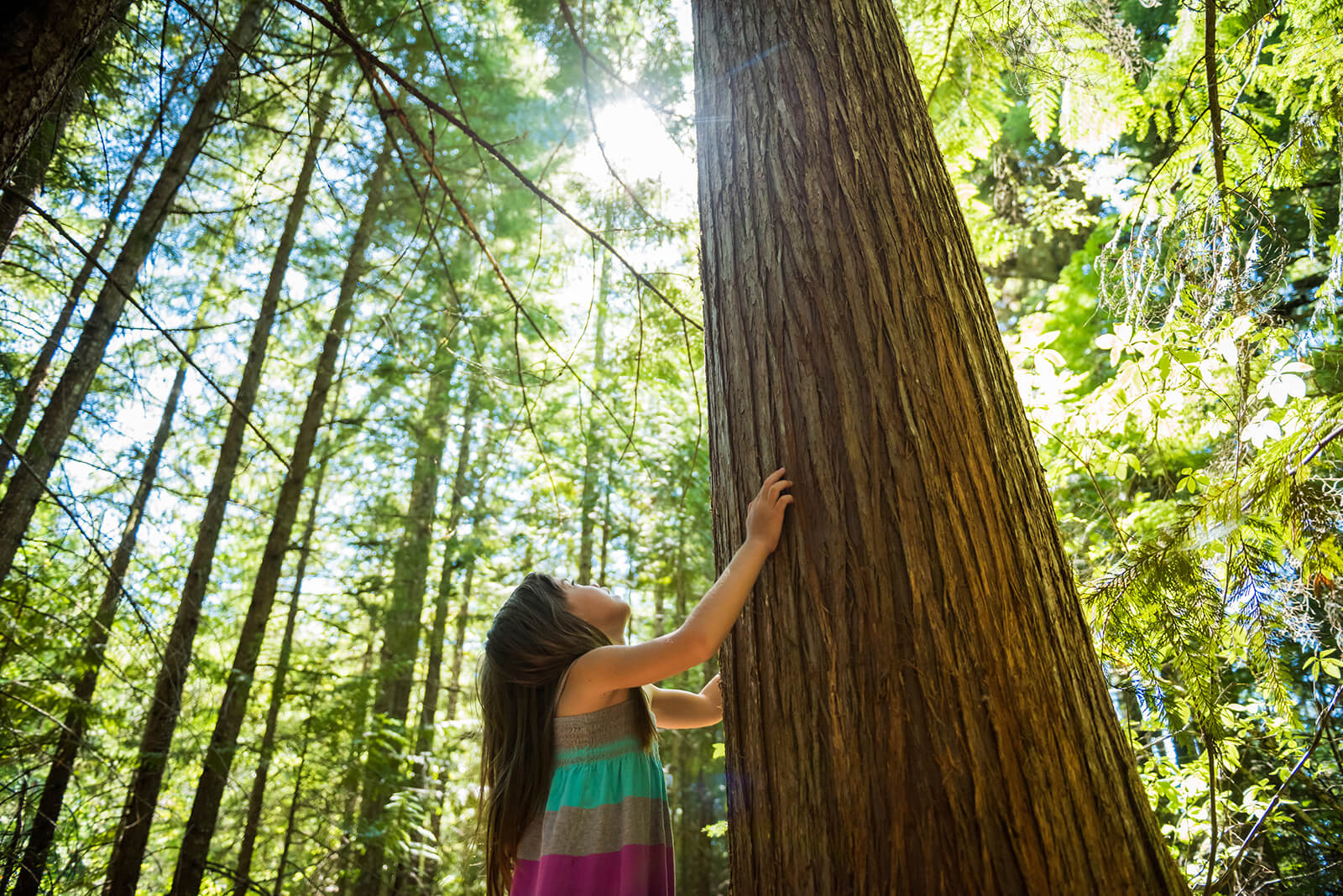
The scientific literature we curate reminds us that the well-being of children and the rest of the natural world are inextricably linked. Some research indicates that even children are aware of this connection. Sally, a ten-year-old child, responds to a researcher’s question about sustainability by saying, “If there’s no sustainability our future will get wrecked.”1 This child clearly understands that her future and the future of the planet are, indeed, intricately linked.
Other children, serving as co-researchers in this study, expressed similar ideas and told the researchers that they learned the meaning and importance of sustainability through their interactions in diverse nature-filled environments. They cited gardens, wetlands, frog bogs, local parks, and farms as places of learning about sustainability.
In many ways, the work of the Children & Nature Network (C&NN) and other organizations connecting children and nature is about the making of beautiful people on a beautiful planet. This way of thinking is based, in part, on what the poet Walt Whitman once said – “Now I know the secret of the making of the best person. It is to grow in the open air, and to eat and sleep with the earth.”
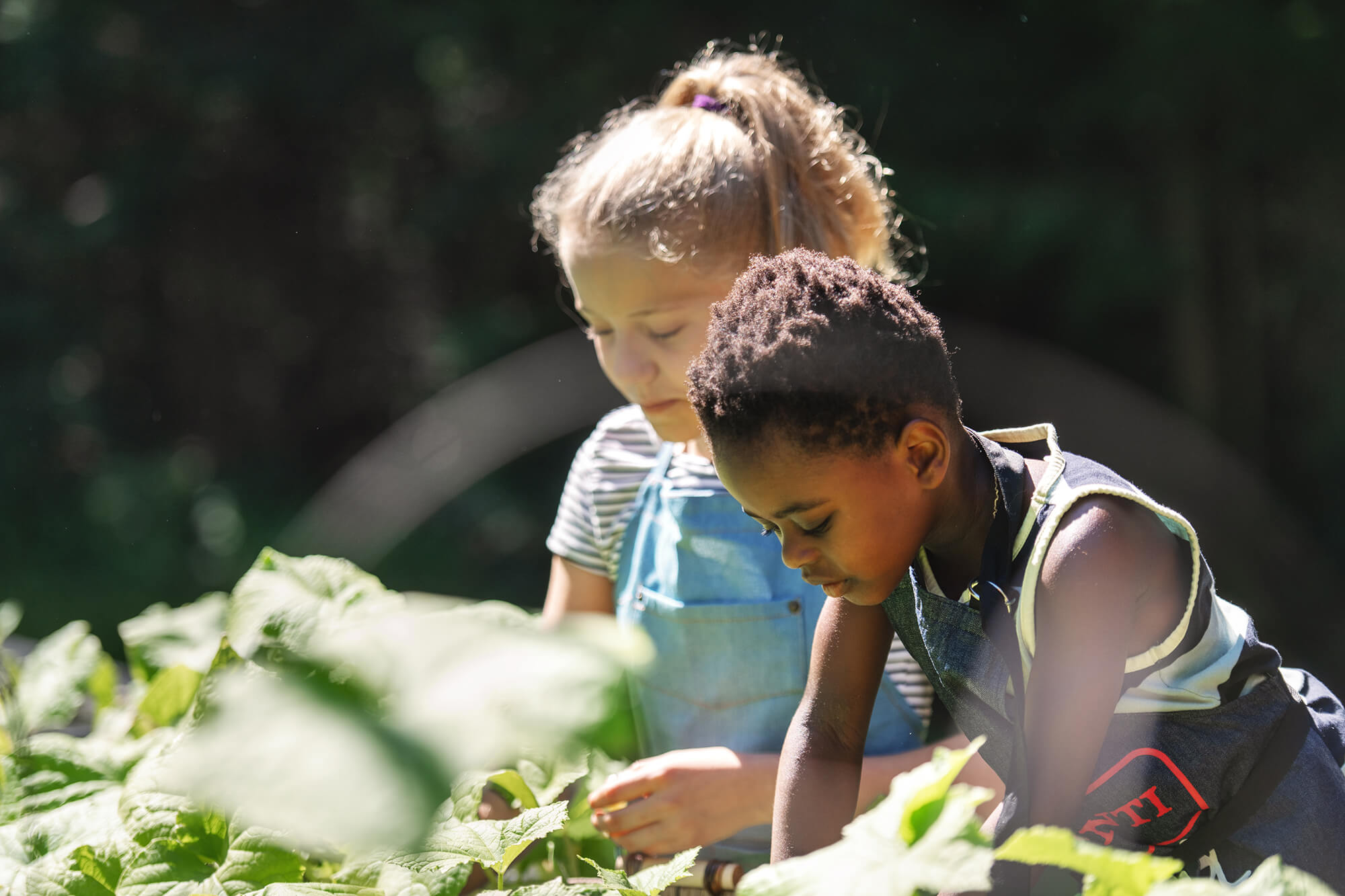
“Beautiful people” might be defined as people who live with a sense of wonder, a sensitivity to beauty, respect and compassion for others, and a deep appreciation of the natural world. While the term “beautiful people” doesn’t appear in a C&NN Research Library search, the idea that children’s engagement with nature promotes their social, emotional, ecological, and aesthetic development is clearly evident. Nature, thus, promotes the development of “beautiful people”.
As Whitman reminds us, “the making of the best person” involves engagement with the Earth. Unfortunately, climate change, loss of biodiversity, and other environmental concerns present serious threats to life on Earth. Many communities are looking to nature-based solutions to address these threats. Nature-based solutions involve working with nature to protect, restore, or manage sustainable ecosystems. Due to the fact that humans and the rest of the natural world are indeed inextricably linked, nature-based solutions provide benefits for both the well-being of humans and natural environments.
Some communities are intentionally adding another element to their work in combating climate change and other environmental concerns. They’re looking to nature-based solutions to also promote connectedness to nature or “affective attitudes” about nature. This integrated approach clearly reflects a step beyond binary either/or thinking, as it invites both savoring and saving the natural world. Taking this step is based on more than wishful thinking. A recent search of the C&NN Research Library identified over 100 studies linking nature connectedness to pro-environmental attitudes and behaviors.
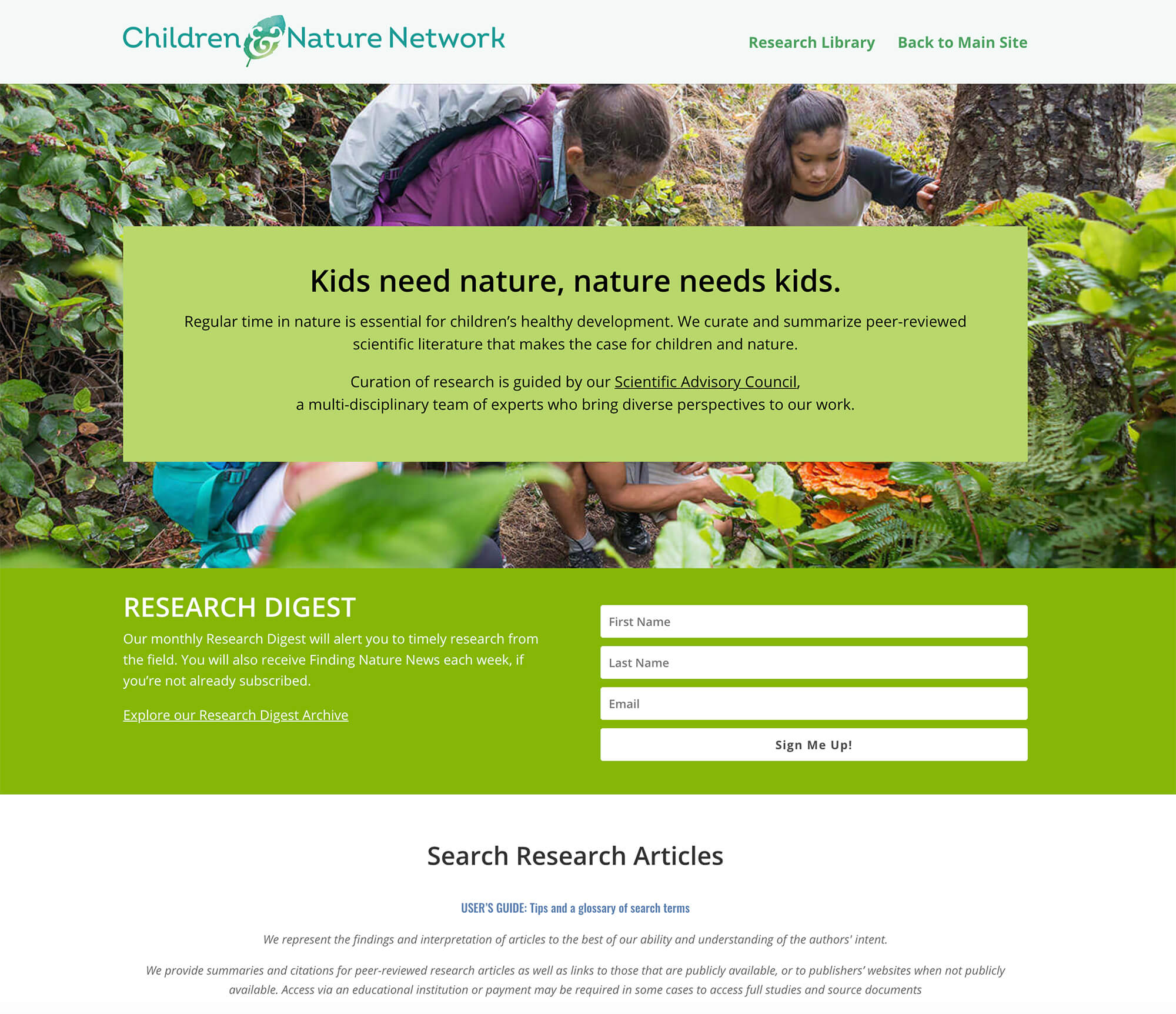
More than 100 studies in the Library also report a positive link between nature connectedness and subjective well-being. Approximately 80 studies link nature connectedness and prosocial behaviors. These findings support the idea that intentionally integrating nature-based solutions with efforts to promote the human-nature connection can open up new possibilities for a future where both people and the planet can flourish, a future resplendent with beautiful people living on a beautiful planet.
- Reference: Green, M., (2017). ‘If there’s no sustainability our future will get wrecked’: Exploring children’s perspectives of sustainability. Childhood, 24(2), 151-167.
Infographic: Nature play can encourage care for the earth
April 2021 Research Digest: Climate change resilience and ecological restoration in relation to the benefits for both people and the planet.
Exploring children’s perspectives of sustainability, Green, M. (2017)
-
Network News
POLICY UPDATE: Policy and advocacy for the children and nature movement
-
Voices
Binoculars, bald eagles and my journey as a Black birder
-
Richard Louv
THE WONDER BOWL: Ten Spring and Summer Nature Activities for Kids and Adults
-
Network News
Minneapolis Spotlight: The promise and possibilities of parks for youth
-
Voices
Why nature is my motherhood ally


